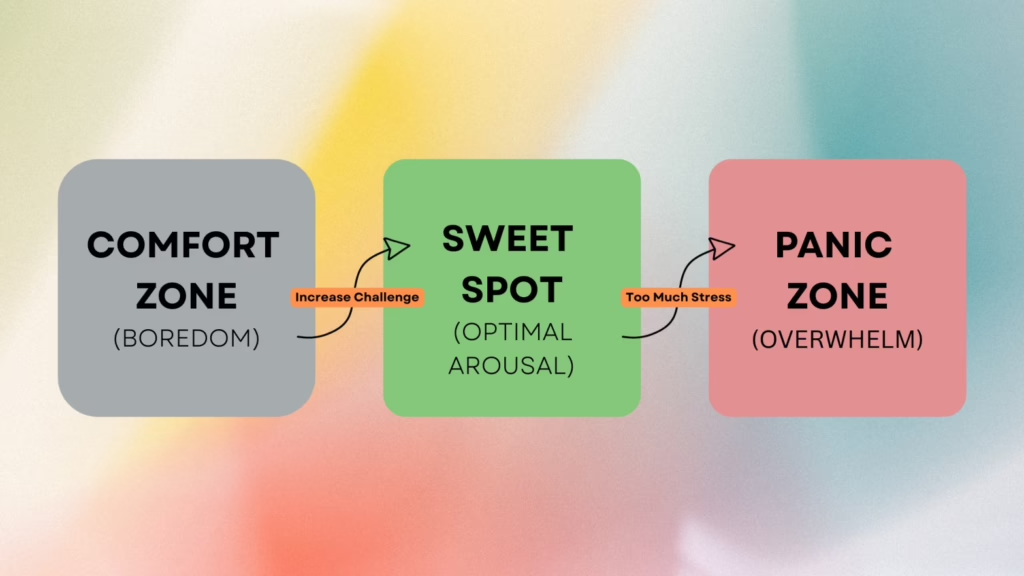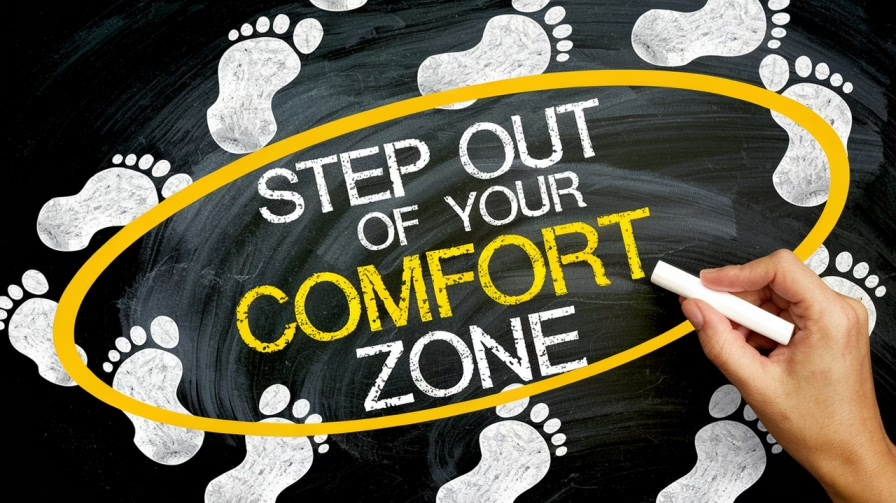Stepping Beyond Your Comfort Zone
Stepping outside the comfort zone can feel as intimidating as sailing uncharted seas. Yet this very act is the catalyst for personal transformation, career breakthroughs, and richer life experiences. In this post, we’ll explore why you get stuck in the comfort zone, how moderate stress actually boosts performance, and practical steps to expand your boundaries with confidence.

Understanding the Comfort Zone vs. Growth Zone
Your comfort zone is that familiar bubble of habits, routines, and predictable outcomes. It feels safe, but it can also become a trap:
| Comfort Zone | Growth Zone |
|---|---|
| Low stress, low reward | Moderate challenge, high reward |
| Stagnant learning | Accelerated skill acquisition |
| Familiar routines | New experiences and perspectives |
| Avoidance of risk | Embrace of calculated risks |
| Short-term ease | Long-term resilience and confidence |
This simple comparison underscores why expanding beyond your familiar bubble is essential for fulfillment.
Why We Cling to the Safe Zone
People resist leaving their comfort zone for three main reasons:
- Neurobiology of Threat: The amygdala flags novelty as a potential danger. Evolutionarily, familiarity meant safety; unknown meant risk.
- Habitual Autopilot: Repetition strengthens neural pathways. Minting every morning routine into muscle memory makes it harder to carve new grooves.
- Fear of Failure: A fixed mindset convinces us that mistakes reveal permanent flaws rather than stepping stones to mastery.
“Our brains are hardwired to avoid discomfort,” notes psychologist Dr. Brittney Jones, “treating novelty like a threat rather than an opportunity.
The Yerkes-Dodson Curve: Balancing Stress and Performance

Psychologists refer to the Yerkes-Dodson Law to illustrate how stress influences effectiveness:
- Too Little Stress: You coast without growth.
- Optimal Stress (Eustress): You’re engaged, focused, and motivated.
- Excessive Stress: You shut down, performance plummets.
By intentionally stepping into eustress, you hit that “sweet spot” where learning and creativity flourish.
Evidence-Based Benefits of Leaving Your Comfort Zone
Numerous studies validate the rewards of stepping beyond familiar confines:
- Increased Resilience: Tackling difficulty strengthens mental fortitude, making subsequent challenges easier.
- Enhanced Creativity: Novel stimuli spark divergent thinking, leading to fresh ideas and solutions.
- Boosted Confidence: Every small win outside your safe zone compounds self-belief.
- Greater Adaptability: Exposure to unpredictability trains you to pivot when circumstances shift.
According to research featured in Harvard Business Review, employees who embrace stretch assignments report 25% higher job satisfaction and readiness for promotion.
Real-World Analogies & History
- Treadmill Tactics: Just as a runner increases speed incrementally, you expand your comfort zone one step at a time.
- The Wright Brothers: After countless failures, they reached the sky. Their secret? Embrace setbacks as data points, not dead ends.
- Butterfly Metaphor: The cocoon is constricting, but it’s the crucible that forges wings.
Eight Strategies to Expand Your Comfort Zone
- Map Your Boundaries. List routine tasks (e.g., checking email first thing) vs. uneasy tasks (e.g., public speaking). Visualizing your “familiar bubble” pinpoints the next challenge.
- Set Micro-Challenges. Plan tiny experiments: ask one question in a meeting, take a cold shower, or learn a new word daily.
- Reframe Stress as Growth. When nerves flare, tell yourself: “This is excitement gearing me up.” Labeling anxiety as eustress rewires your response.
- Routine Remix. Alter daily habits: change your commute, wake up 30 minutes earlier for a walk, or swap your usual lunch spot.
- Accountability Partners. Share your goals with friends or mentors. Regular check-ins foster commitment.
- Learn Relentlessly. Enroll in an online course, join a book club, or attend a webinar outside your expertise.
- Physical Challenges. Fitness hurdles—like a 30-day yoga streak—bolster both body and mind, reinforcing that discomfort yields reward.
- Celebrate Small Wins. Record each victory in a journal. Reviewing progress ignites dopamine and motivation for the next leap.
Comfort Zone vs. Fear Zone vs. Learning Zone
Many coaches describe three concentric circles:
- Comfort Zone: Safe, low-anxiety behaviors.
- Fear Zone: Full of self-doubt, comparison, and excuses.
- Learning Zone: Where skills, resilience, and creativity grow.
By pushing through the fear zone, you reach new heights in the learning zone—your future comfort zone.
Building Lasting Discipline & Confidence
Motivation fluctuates, but discipline endures. Emulate champions like:
- David Goggins (“40% Rule”): When your mind says you’re done, you’ve tapped only 40% of your potential.
- Elon Musk’s Work Ethic: Musk’s grueling schedule turbocharged Tesla and SpaceX. He flips comfort on its head by making hard work the norm.
Daily Discipline Tips:
- Morning Rituals: Start with a cold glass of water, 5-minute meditation, or a quick journal prompt.
- Time Blocking: Allocate focused slots for your biggest challenges.
- Habit Stacking: Attach new actions to established habits (e.g., after brushing teeth, practice a language flashcard).
“Discipline builds comfort,” writes performance coach James Clear. By systematizing effort, you transform discomfort into routine.
Conclusion
Stepping beyond your comfort zone is neither glamorous nor instantaneous. It’s a gradual, courageous climb—peppered with setbacks and small triumphs. Yet the summit offers clarity, confidence, and a life unconfined by self-imposed limits.
Ready to take the first step?
- Choose one micro-challenge from the strategies above.
- Share your plan in the comments or with a friend for accountability.
Life begins at the edge of your comfort zone—dare to explore it.



